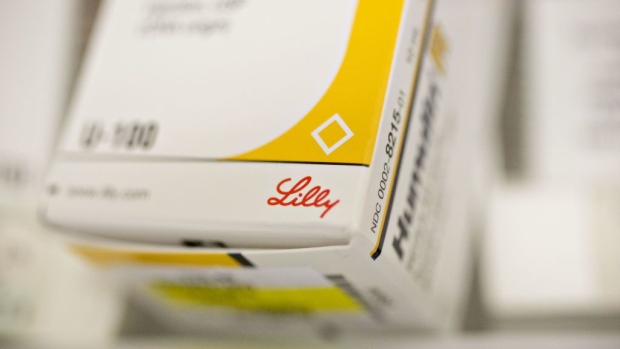Dec 9, 2020
Lilly jumps after results from next generation diabetes drug
, Bloomberg News

Diabetics getting the highest dose of Eli Lilly & Co.’s tirzepatide experienced dramatic weight loss in a late-stage study, and more than half of those patients saw their blood-sugar levels fall back to a normal range.
Lilly jumped as much as 4.5 per cent to the highest in nearly two months, reversing a premarket slide as investors continued to digest data that included a high number of people stopping treatment in the study. A competitor, Novo Nordisk A/S, jumped as much as 3.1 per cent in Copenhagen trading.
Lilly is looking to extend its diabetes franchise beyond the blockbuster Trulicity, which is expected to generate more than US$5 billion in revenue this year. Both Trulicity and tirzepatide belong to an increasingly competitive class of drugs, called GLP-1, that includes Novo’s Ozempic for diabetes and Saxenda for obesity, as well as AstraZeneca Plc’s Bydureon.
Participants in Lilly’s study lost as much as 11 per cent of their body weight, or just over 20 pounds (9.5 kilograms), with the highest dose of the experimental medicine, according to the initial results. Blood sugar as measured by A1C levels was trimmed by about 2 per cent. At the highest dose, 52 per cent of participants had A1C levels below 5.7 per cent, which many clinicians consider to be a non-diabetic range.
The number of participants that stopped treatment ranged from 9.1 to 22 per cent across the various doses, compared to 15 per cent for people getting a placebo. Lilly said much of the discontinuations were due to concerns over the pandemic or personal reasons rather than adverse events. The study showed participants getting tirzepatide had a higher incidence of nausea, vomiting and diarrhea than those getting the placebo.
Less than 7 per cent of discontinuations across the different arms of the study were due to adverse events and lower than what was seen in earlier studies, Jamie Croaning, Lilly’s global brand development leader, said in an email. He viewed the results as encouraging and said they were “comparable” to other drugs in the class.
“The blood sugar improvements for the product appear best in class,” said Chris Schott, an analyst with JPMorgan. He added that the high dropout rate impacted the analysis and further data will be needed to quash bearish concerns, but overall Lilly has “a highly competitive asset in tirzepatide.”